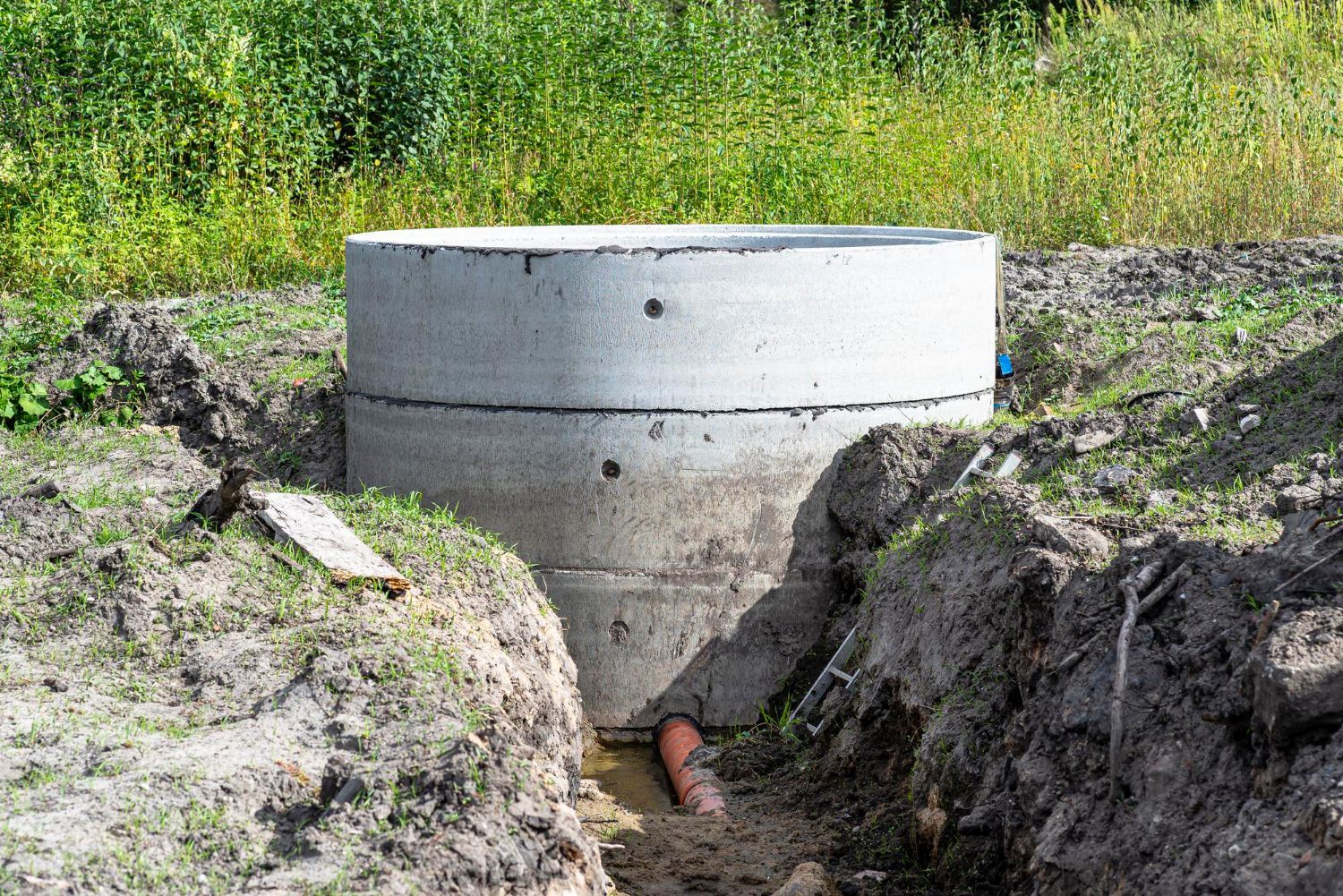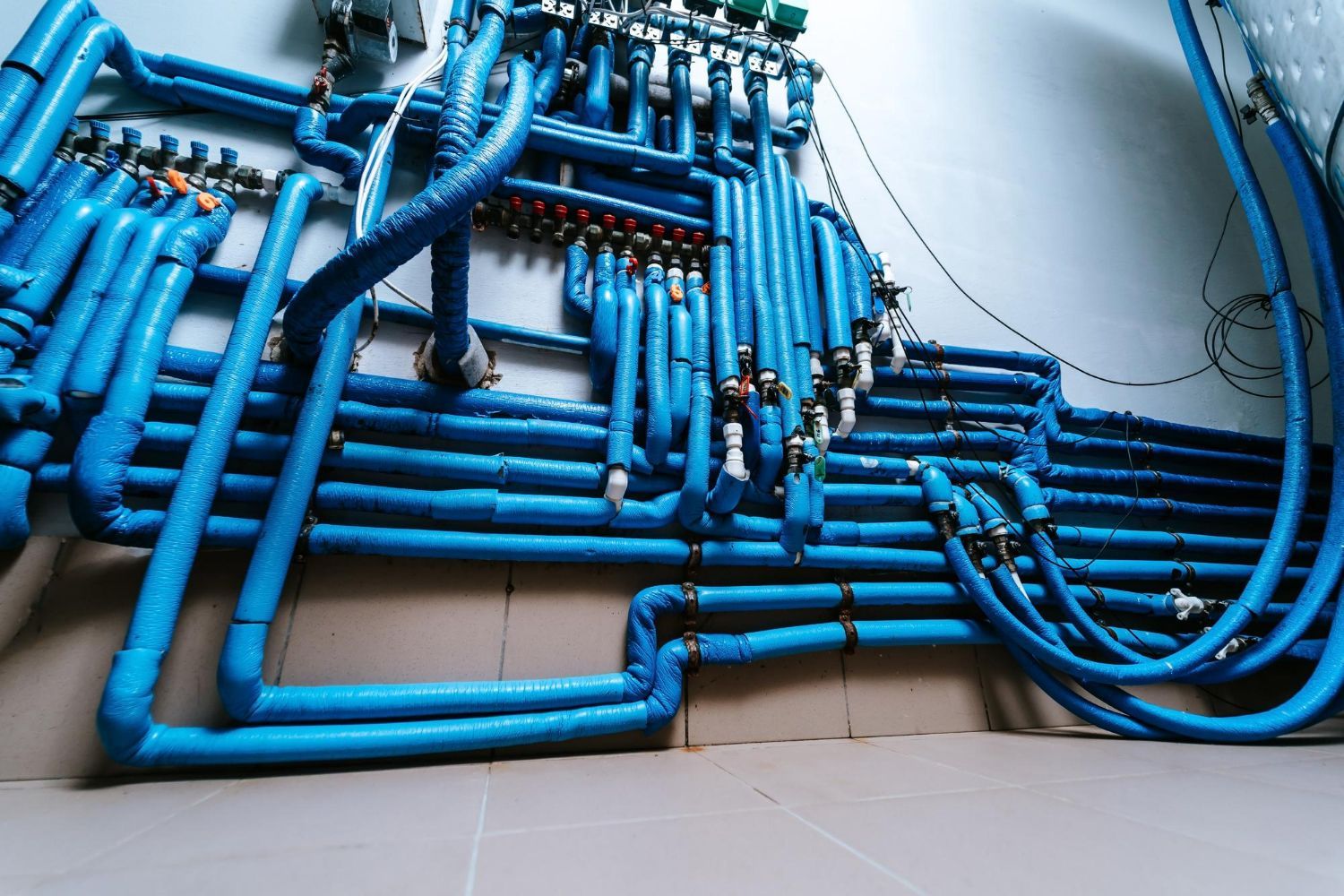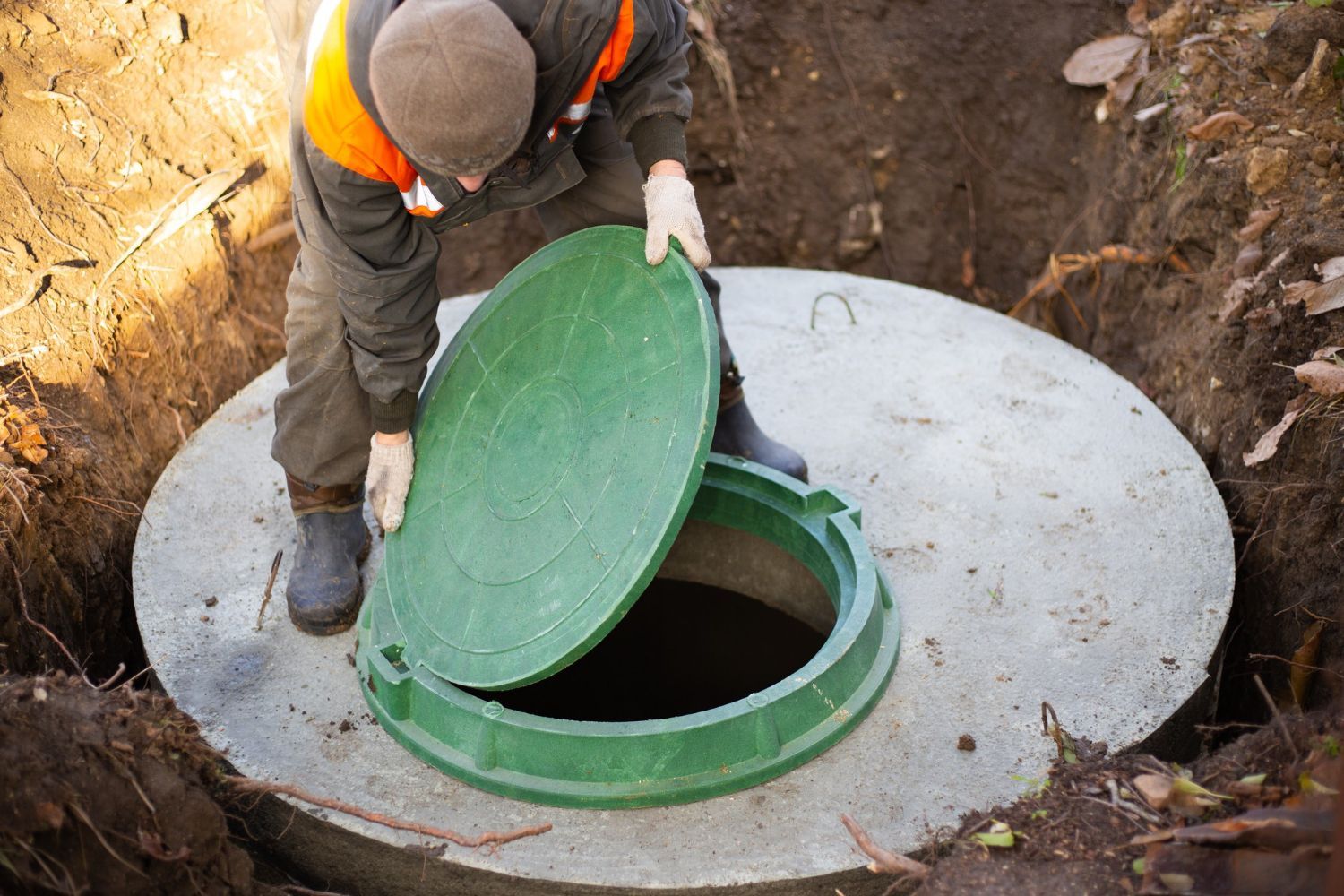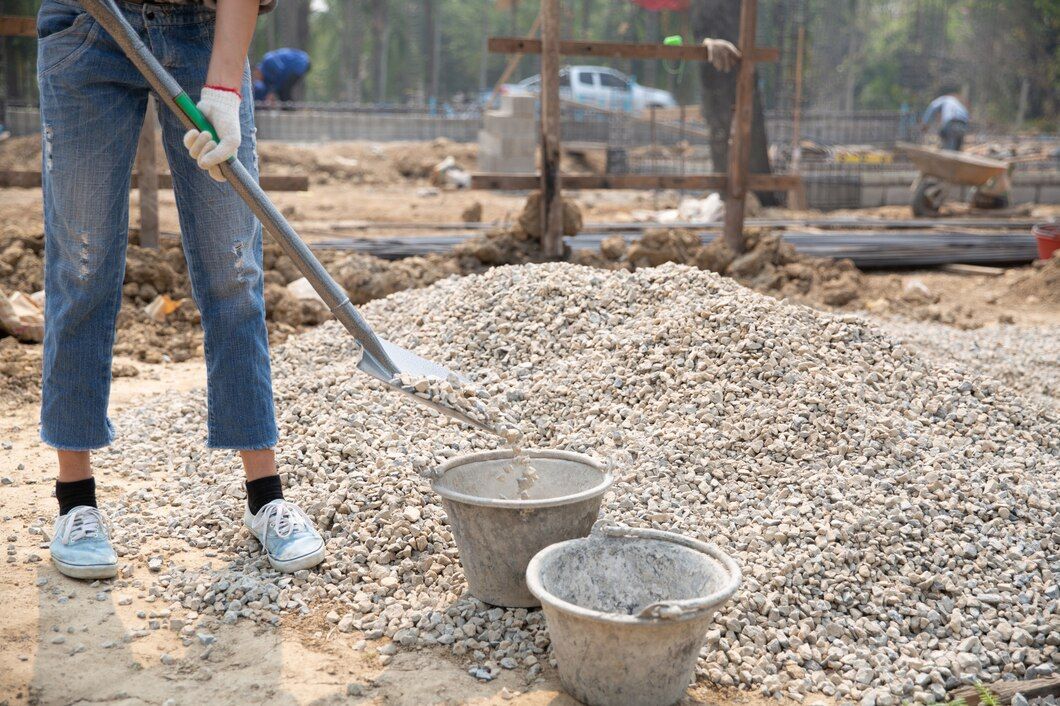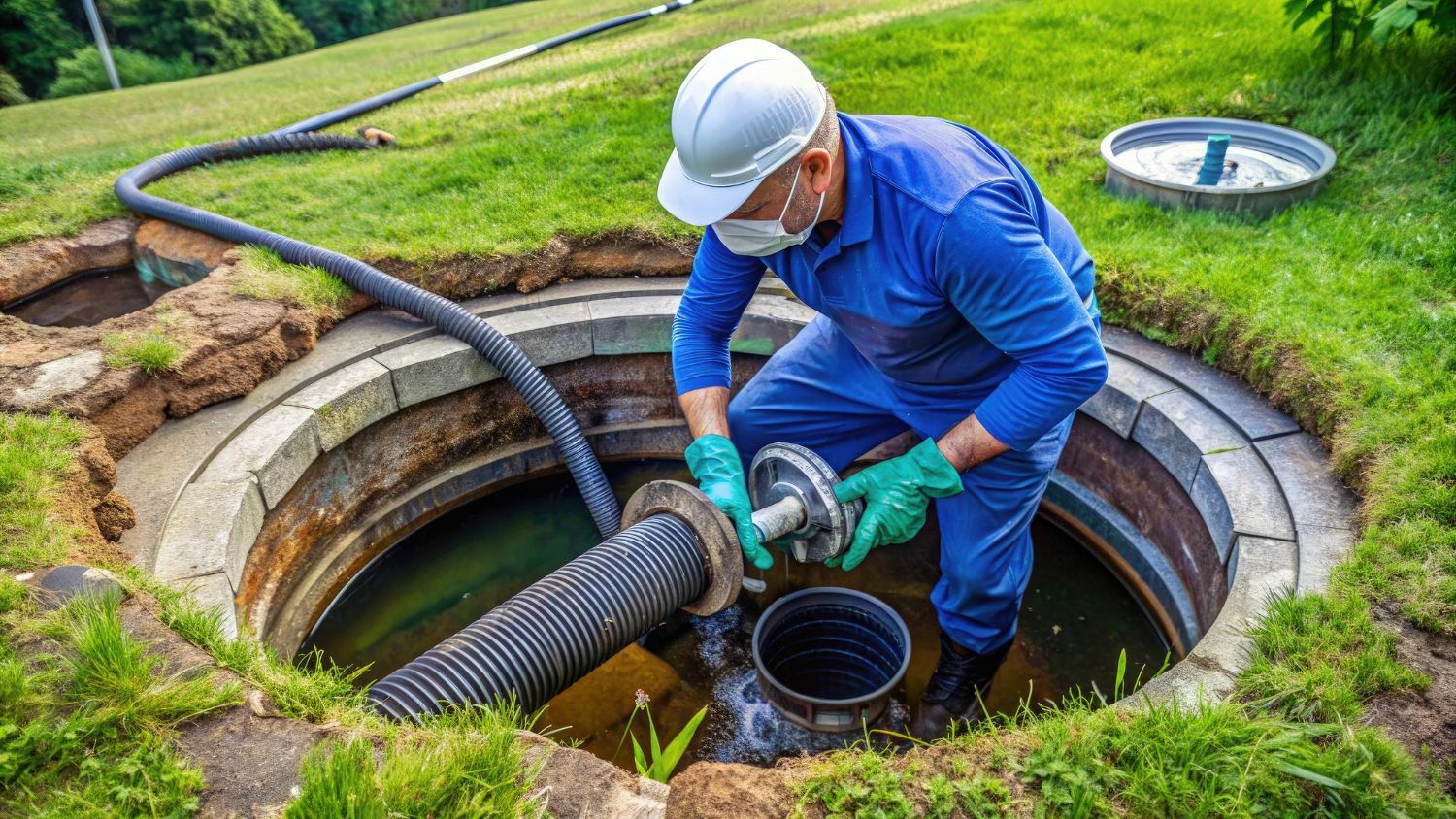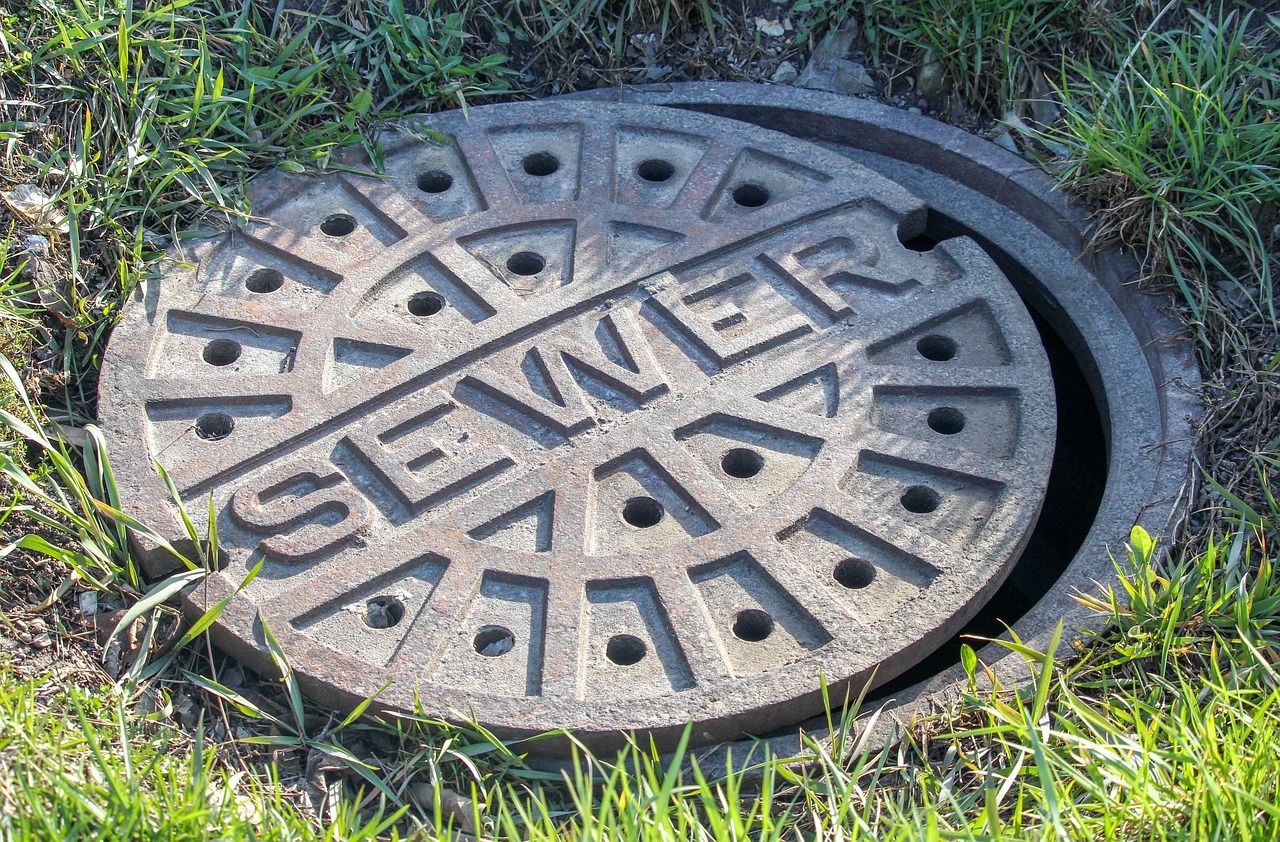Preventing and Dealing with Frozen Pipes: Tips for Protecting Your Plumbing in Winter
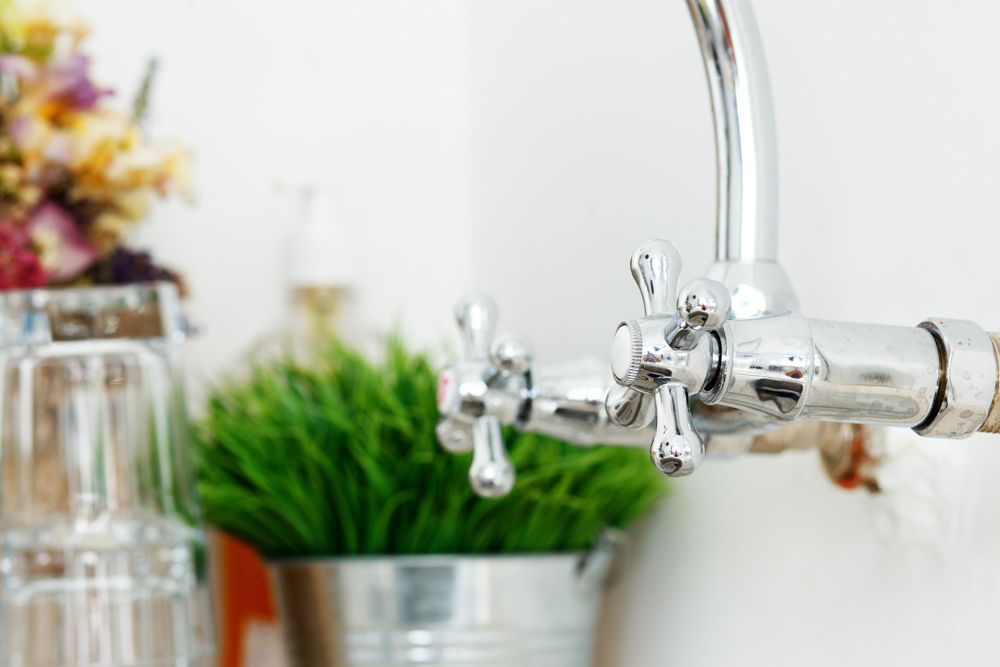
Winter weather can pose unique challenges to property owners, particularly when it comes to caring for your plumbing system. Among the most common and costly winter plumbing problems are frozen pipes, which can lead to burst pipes, water damage, and costly repairs. As temperatures drop, it's essential to ensure your property is adequately prepared to handle the frigid conditions. In this informative guide, we will provide valuable tips on preventing frozen pipes, recognize the warning signs, and effectively address any issues that arise during the winter months.
Frozen pipes can quickly become a pressing issue when water inside them freezes and expands, creating internal pressure that may ultimately lead to cracks or ruptures. As water escapes through these openings, it can result in costly water damage and put a strain on your property's resources. Fortunately, by implementing proper prevention measures and promptly addressing any issues, you can minimize the risk of frozen pipes and protect your plumbing system throughout the winter season.
In this blog, we'll explore various methods for safeguarding your plumbing system during freezing temperatures, including insulating pipes, maintaining a consistent indoor temperature, and knowing when to seek professional assistance. Moreover, we'll discuss effective strategies for dealing with frozen pipes should you experience any issues this winter. At Apollo Sewer & Plumbing, we're committed to ensuring our clients have the knowledge and resources necessary to protect their properties and maintain efficient plumbing systems year-round. Let's dive in and explore how you can prevent and deal with frozen pipes effectively.
Winter Pipe Protection: Essential Tips for Preventing Frozen Pipes
By taking proactive measures to protect your plumbing system against freezing temperatures, you can significantly reduce the risk of frozen pipes and the associated potential for damage. Consider the following strategies for safeguarding your pipes during the winter months:
1. Insulate Pipes in Vulnerable Areas
Pipes located in unheated or poorly insulated areas such as basements, crawl spaces, and garages are especially susceptible to freezing. Adding insulation or pipe sleeves to these vulnerable sections of your plumbing system can help maintain an adequate temperature and protect against freezing.
2. Maintain Consistent Indoor Temperature
Keeping a consistent indoor temperature throughout your property can help prevent freezing, even during the coldest days of winter. Be sure to set your thermostat at a minimum of 55°F when you're away from home for an extended period.
3. Seal Drafts and Insulate Walls
Cold drafts can contribute to freezing pipes. Identify and seal any drafts near your plumbing system by adding weatherstripping or insulation to exterior openings. Adequate wall insulation can also contribute to maintaining stable pipe temperatures.
4. Allow Faucets to Drip Slowly
When temperatures are extremely low, allowing your faucets to drip slowly can help prevent water from freezing by maintaining a constant flow. This method is particularly useful for pipes that have frozen in the past or are otherwise at a higher risk of freezing.
Recognizing the Warning Signs of Frozen Pipes
By recognizing early warning signs of frozen pipes, you can take prompt action to minimize potential damage and address the issue effectively. Be vigilant for the following indications that your pipes may be frozen:
1. Inconsistent Water Flow
A reduced or absent water flow when you turn on your faucets could indicate that your pipes are partially or completely frozen.
2. Frost on Pipes
Visible frost on exposed pipes is a clear indication that the pipe's temperature is below freezing and has the potential to freeze.
3. Unusual Odors
If you notice unusual odours coming from your drains or faucets, it may be a sign that your pipes are frozen, as the ice can block the passage of air and force odours back into your property.
Dealing with Frozen Pipes: Effective Strategies for Thawing and Repairs
If you suspect that your pipes are frozen, it's essential to act quickly to reduce the risk of damage. Below are some practical strategies for thawing your pipes and addressing any related issues:
1. Turn Off the Main Water Valve
Before attempting to thaw frozen pipes, shut off the main water valve to your property. This step will help minimize potential water damage in case a pipe has already cracked or burst.
2. Apply Gentle Heat
To thaw a frozen pipe, apply gentle heat using a hair dryer, heating pad, or space heater. Avoid using open flames or high heat sources, as rapid temperature changes can cause the pipe to crack or rupture.
3. Start from the Faucet
When thawing your pipes, start from the faucet and work your way toward the frozen section to allow trapped water to escape through the open faucet.
4. Consult a Professional
If you're unsure about the location of your frozen pipes or are unable to thaw them safely, it's best to consult a professional plumber. They can assess the situation and use specialized tools and techniques to resolve the issue promptly and effectively.
Proactive Measures for a Worry-Free Winter
With the proper knowledge and proactive measures in place, you can protect your plumbing system during the winter months and minimize the risk of frozen pipes. By implementing practical prevention strategies, recognizing early warning signs, and effectively dealing with any issues that arise, you can enjoy a worry-free winter and maintain the efficiency of your plumbing system.
At Apollo Sewer & Plumbing, we're dedicated to providing top-quality
plumbing and sewer services to residential, commercial, and industrial clients in Keyport, NJ and the surrounding areas. Our team of experienced professionals is committed to ensuring your plumbing system remains in optimal condition, no matter the season. If you need assistance with preventing or dealing with frozen pipes, don't hesitate to contact us for expert advice and prompt service.

